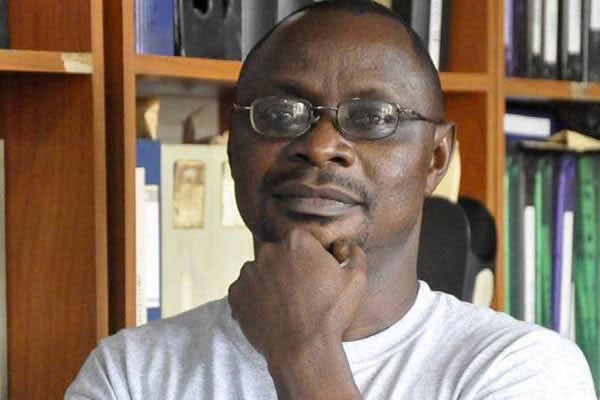Govt warns against fake fees in rural electrification project

Energy and Mineral Development Minister, Ms Ruth Nankabirwa (C) and NRM deputy secretary general, Ms Rose Namayanja, at Kande Village in Luweero District. PHOTO | DAN WANDERA
What you need to know:
- Through a five-year, Shs2.48 trillion project funded by the World Bank, the government aims to significantly improve power distribution and connectivity for households, businesses, and public institutions.
The government has issued a strong warning to individuals soliciting money from residents under the guise of cost-sharing for the Rural Electrification Project.
Energy and Mineral Development Minister, Ms Ruth Nankabirwa, clarified that while everyone desires faster access to electricity, the rural electrification plan is entirely government-funded. There is no requirement for communities to contribute financially to receive power.
"Power distribution is undertaken by the government in all areas targeted by the electrification plan. The government has its own plan for fulfilling the rural electrification program. The request for Shs. 700,000 per household in Katikamu Subcounty, Luweero District, as a cost-sharing contribution is illegal," Ms Nankabirwa said in an interview on Tuesday.
Ms Nankabirwa's comments came during a fact-finding mission to Kande and Bukeeka villages. Here, over 50 households were reportedly tricked into paying Shs700,000 each to have power lines extended to their villages under the rural electrification programme.
The Minister clarified the distinction between connection fees and the rural electrification project. While there may be charges for connecting individual homes to the existing power grid, distribution under the rural electrification plan is entirely funded by the government, with no co-funding expected from communities.
After failing to raise the demanded Shs30 million, residents of Kande and Bukeeka villages reached out to Ms Rose Namayanja, the Deputy National Resistance Movement (NRM) party secretary general, for assistance in acquiring electricity. Ms Namayanja explained that the money was intended to extend power lines to the villages, but not for individual home connections.
Mr Livingstone Luzinda, an elder at Kande Village, revealed that some residents in Nkonge Village paid for power connections in 2022 but have yet to receive electricity.
"In Kande Village, fortunately, many households could not afford the Shs700,000 demanded by those claiming to work with the Ministry of Energy for rural electrification. Our neighbors who paid the money over two years ago are still waiting for electricity," he said in an interview.
Electricity access scale up project
Through a five-year, Shs2.48 trillion project funded by the World Bank, the government aims to significantly improve power distribution and connectivity for households, businesses, and public institutions.
Uganda is not yet fully compliant to the electricity distribution target of village-to-village with the first priority being the sub county level where key facilities are concentrated,” Ms Nankabirwa explained.
The electricity access scale-up project will boost power distribution to un-electrified areas. Some areas have poles erected but lack wires. We also need to purchase additional power transformers. Residents of Kande Village will benefit from this project," she said.
As of the end of 2023, power generation by all grid-connected plants stood at 6,032.3 Gigawatt-hours (GWh) per year. Hydropower plants contribute 93.4 percent of the total energy produced. Other sources include solar, thermal, and bagasse energy.
Statistics from Luweero District show that less than 28 percent of the rural population has access to electricity, compared to 55 percent in urban areas.





